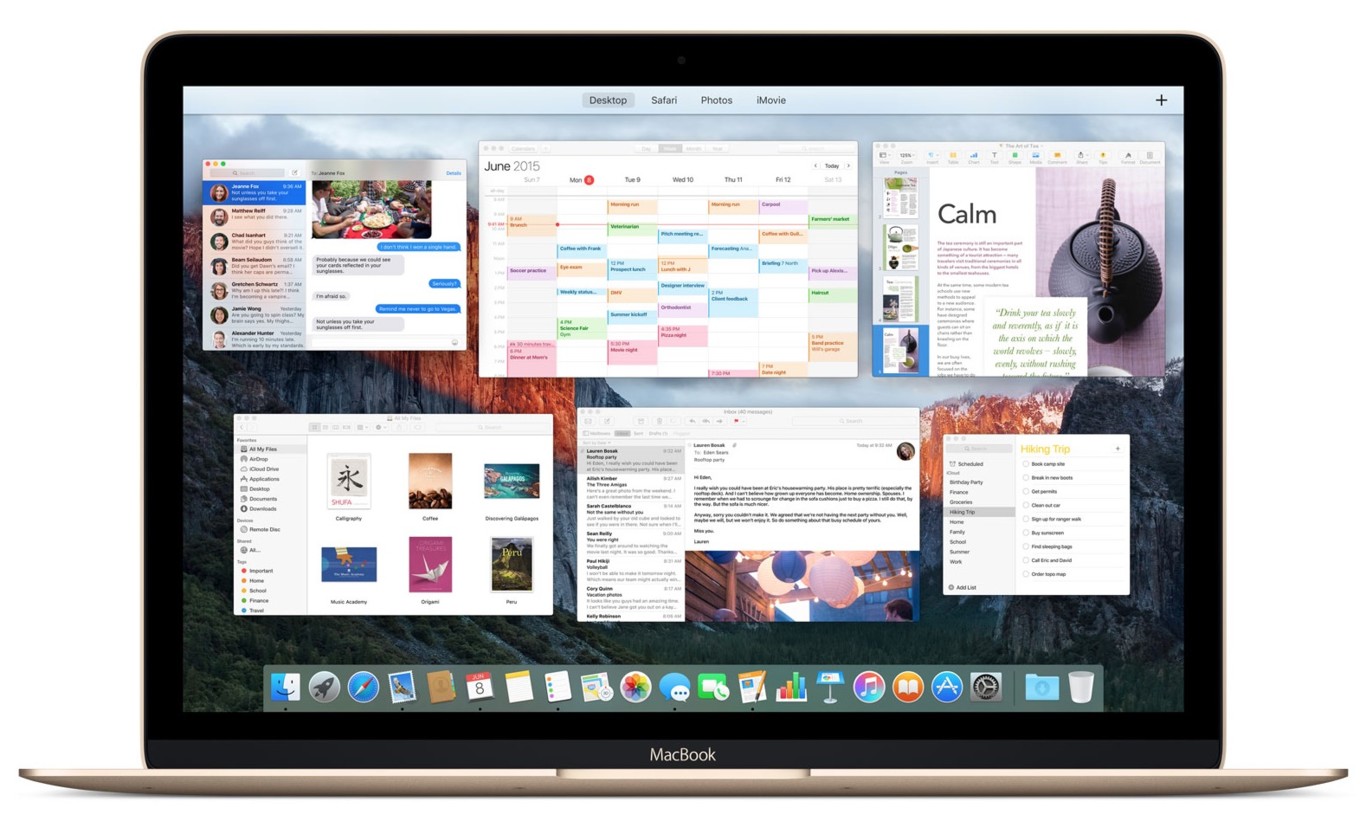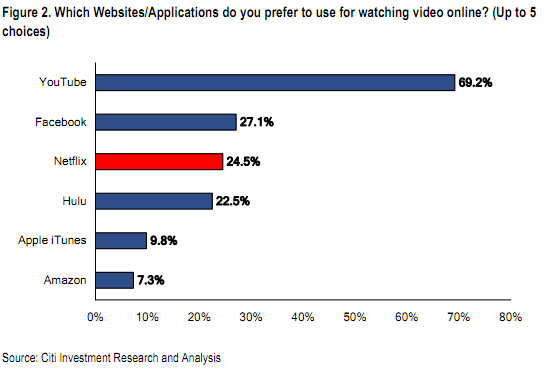Oct 15, 2011 You can only sync your Address Book and Calender to iCloud if you are using Lion (10.7). You can sync your calendar under 10.6.8 IF you use Busycal instead of iCal. And you can sync contacts as well as calendars if you use Soho Organizer. I have synced iCal on Snow Leopard with my iCloud iCal. So far, I have got all the calendars and events to show up on the 10.6 Mac, but I haven't yet tested syncing from the 10.6 machine to iCloud and on to my 10.7 Mac. I don't have an iOS device so I can't test that. On the 10.7 Mac I still. Aug 15, 2015 Hi! Have imac 10.6.8 and iphone 6.1.1 Just installed iCloud and iMatch. Sounds great on iPhone. But there is No sound on my imac from any music at all. Sound is fine for everything els read more. In iOS 14 or later, tap Settings Mail Accounts Fetch New Data, then turn on Push. In iOS 13 or earlier, tap Settings Passwords & Accounts Fetch New Data, then turn on Push. Send an email to your account to see if Push is working. In Fetch New Data, tap your iCloud account and turn on Push. You can only use Push with one account at a time.
Things to check first
- Check the system status of iCloud Mail.
- Check that you turned on iCloud Mail:
- On your Mac, open the Mail app then choose Mail >Preferences. Click Accounts, then select your iCloud account in the sidebar. Under Account Information, make sure that the account is turned on and the status is online.
- On your iPhone, iPad, or iPod touch, go to Settings > [your name] > iCloud and check that Mail is turned on.
- Make sure you that haven't exceeded your iCloud storage limit. If you exceed your iCloud storage limit, learn how to make more space available in iCloud.
- Make sure that you're using the latest version of software on your device.
If you need help sending or receiving mail on your iPhone, iPad, or iPod touch
- Check your Internet connection. Open apple.com in Safari on your iPhone, iPad, or iPod touch.
- To see if you can receive mail for your iCloud email on another device, go to iCloud.com on a Mac or PC.
- Make sure that you turned on Mail in Settings on your iPhone, iPad, or iPod touch. Tap Settings > [your name] > iCloud and turn on Mail.
- Make sure that new data is pushed to your device automatically. In iOS 14 or later, tap Settings > Mail > Accounts > Fetch New Data, then turn on Push. In iOS 13 or earlier, tap Settings > Passwords & Accounts > Fetch New Data, then turn on Push.
- Send an email to your account to see if Push is working.
- In Fetch New Data, tap your iCloud account and turn on Push. You can only use Push with one account at a time.
- Turn your device off and back on.
- If you still can't send or receive mail, turn off the settings in steps 3 and 4, restart your device, then turn them back on.
If you can't access iCloud Mail at iCloud.com
On your iPad, Mac, and PC, you can use iCloud Mail on iCloud.com. On an iPhone, use the Mail app instead.

- Make sure your browser is up to date. If you're using Safari, update Safari to its latest version.
- Clear your browser's cache. In Safari, choose Safari > Preferences. Click the Advanced tab. Select 'Show Develop menu in menu bar', then close Preferences. Click the Develop menu, then select 'Empty Caches.' If you're using a different browser, check its help menu for steps.
- If you can access iCloud Mail from a different location or Internet connection, contact your Internet service provider (ISP) or network administrator. Some Internet configurations intentionally or unintentionally prevent access to certain websites or services, such as iCloud Mail.
If you can't send mail from the Mail app on your Mac
Use these steps if your message can't be delivered, you're attaching a large file, or the recipient didn't get your message.
If you receive an alert when you send a message from your @icloud.com email address using Mail on your Mac
If you see an alert that says “This message could not be sent. It will remain in your Outbox until it can be sent.', make sure that iCloud is your Outgoing Mail Account.
- Open Mail and choose Mail > Preferences.
- Click the Accounts tab.
- Select your iCloud email account.
- Click the Server Settings tab. If iCloud isn't listed as the Outgoing Mail Account, select iCloud.
If you choose Edit SMTP Server List, you won't see your iCloud account listed as an option.

If you're attaching a large file
Message attachments can't exceed the maximum size allowed by your email service provider or the recipient's email service provider. The maximum size varies by service provider. Try using Mail Drop, compressing the file before sending it, or sending your message without the attachment.
If your recipient doesn't receive your message
Icloud 10.6.8 Download
- If an “unknown address” or “undelivered mail returned” message appears in your Inbox after you send a message, go to your Sent mailbox and make sure that the recipient's email address is correct.
- If you use macOS Mail or access your iCloud Mail using Safari or another supported web browser, check your Drafts, Sent, and Outbox mailboxes:
- If you see an unsent copy of the message in Drafts, try to send it again.
- If you see the message in your Outbox, make sure that you're connected to the Internet and use the steps above to select iCloud as the outgoing mail account.*
- Ask the recipient to check their Junk mail folders or mailboxes.
- If your recipient still doesn't receive your message, but your message was sent without any alerts or “undelivered mail” messages, your message might be blocked or filtered by the iCloud Mail servers or the recipient's mail server. To find out, contact iCloud Support. You should also ask your recipient to contact their email administrator.
* If you use a non-iCloud SMTP server, don't use your iCloud email address as a 'Send From' address. Otherwise, your email might not get delivered or it might get sent to the recipient's Junk folder.
If you can receive messages but can't send them
Your ISP might be blocking the protocol used to send email (SMTP) across their network. Contact your service provider and ask about SMTP traffic that crosses their network to an external service, such as iCloud. If your service provider blocks SMTP traffic, ask them how you can be exempted from SMTP blocking.
If your ISP isn't blocking SMTP traffic and you still can't send messages, contact Apple Support for help.
If you can't receive mail in the Mail app on your Mac
- On the left side of the main Mail window, find the name of your iCloud email account. If your account name is dimmed and has a lightning-bolt symbol next to it, your account is offline.
- To take your account online, connect to the Internet.
- Choose Mailbox. If Take All Accounts Online is dimmed, your accounts are already online.
If you still can't receive email, contact Apple Support to get more help.
Icloud 10.6.8 Mac

If you want to remove a suggested recent contact in iCloud Mail
When you're signed in to iCloud, you might see your recent email addresses as suggested contacts across your devices. To stop a contact from appearing as a suggestion, here's what you can do:
- On iCloud.com, click to start an email.
- In the 'To:' field, start typing the email address that you want to hide.
- Hover over the address and click .
- Click Remove from Recents.
If you need help using iCloud for Windows
If you use Outlook, get help with your iCloud Mail, Contacts, and Calendars.
Icloud 10.6.8 Install
